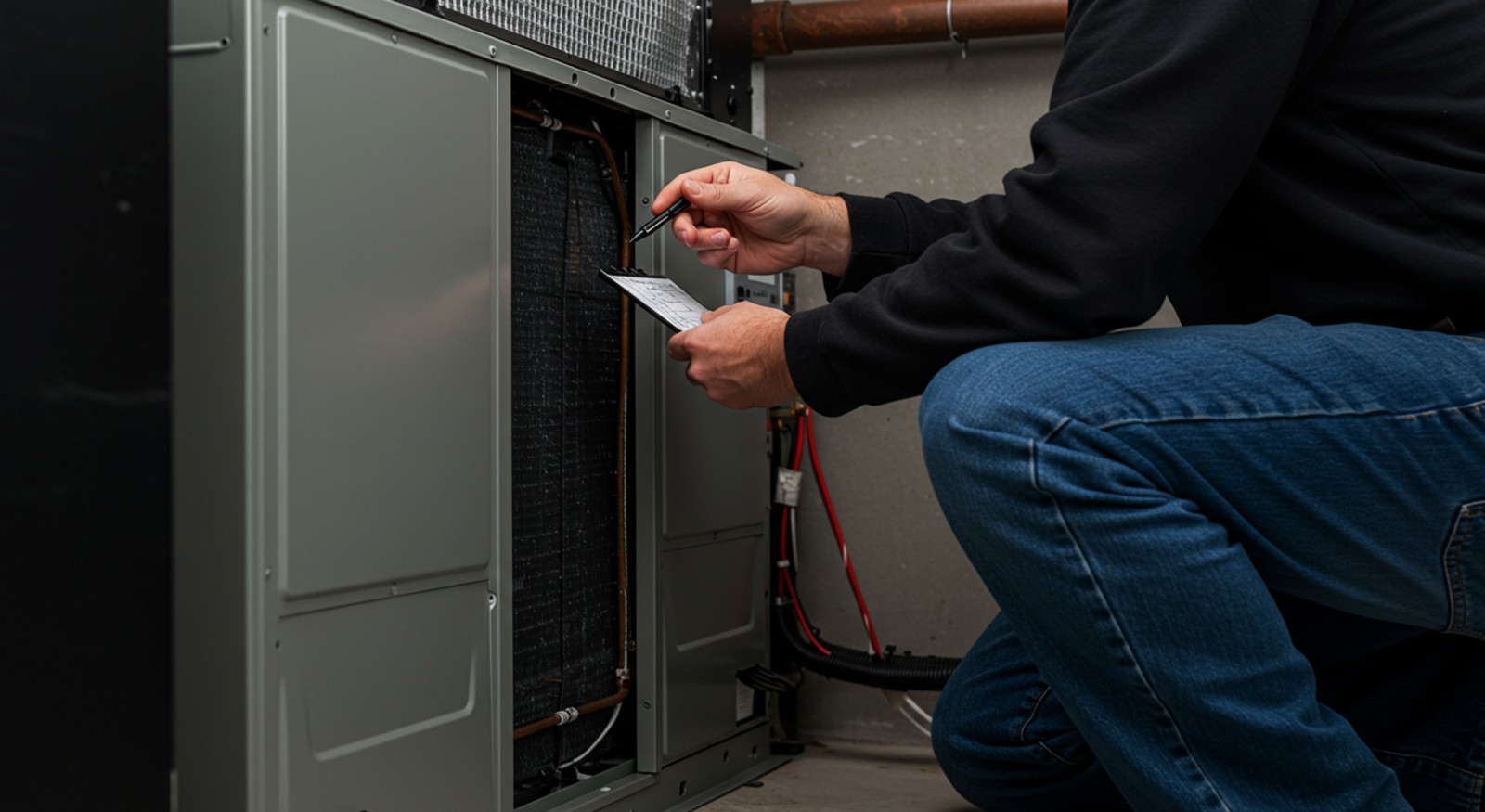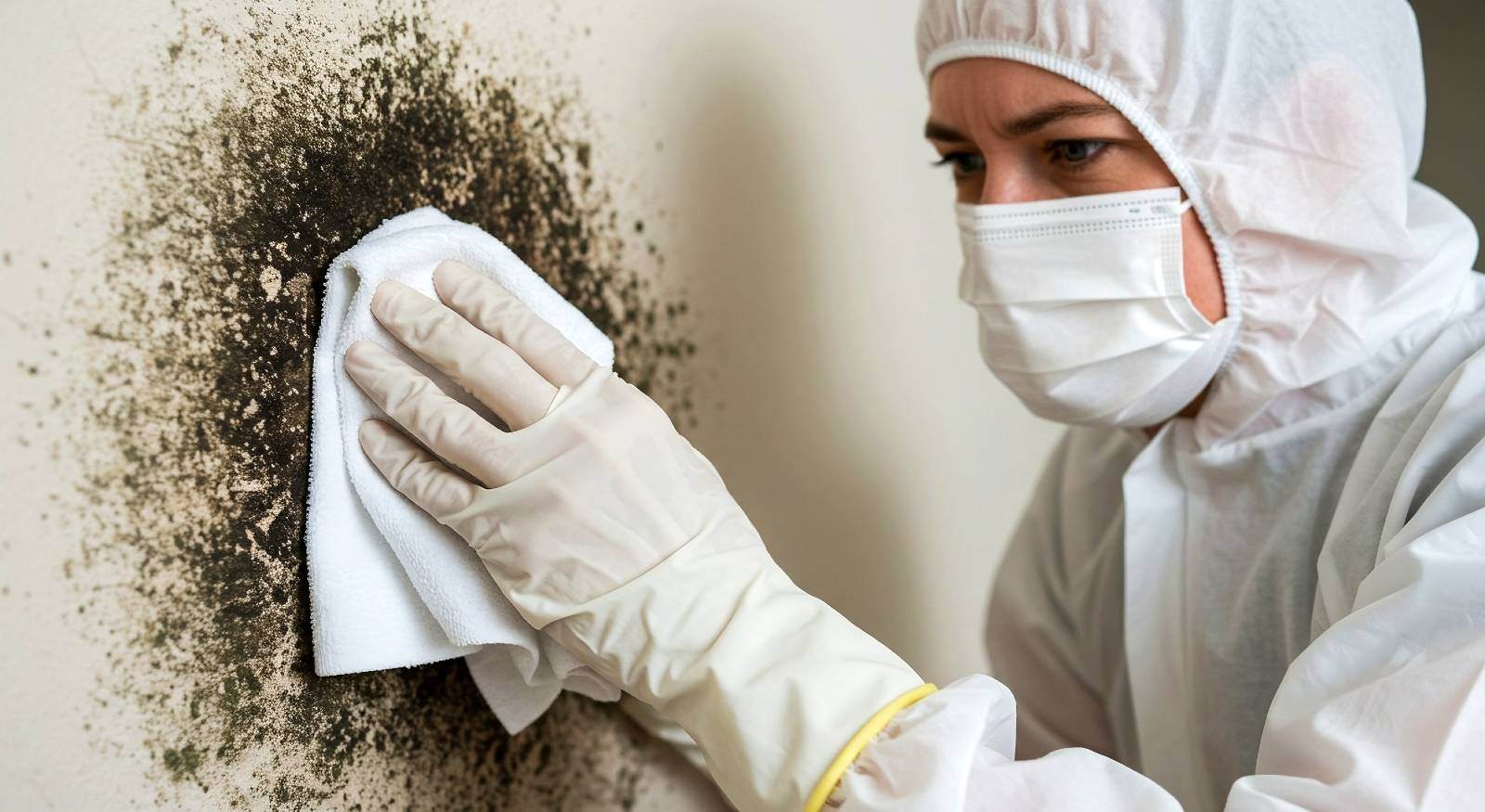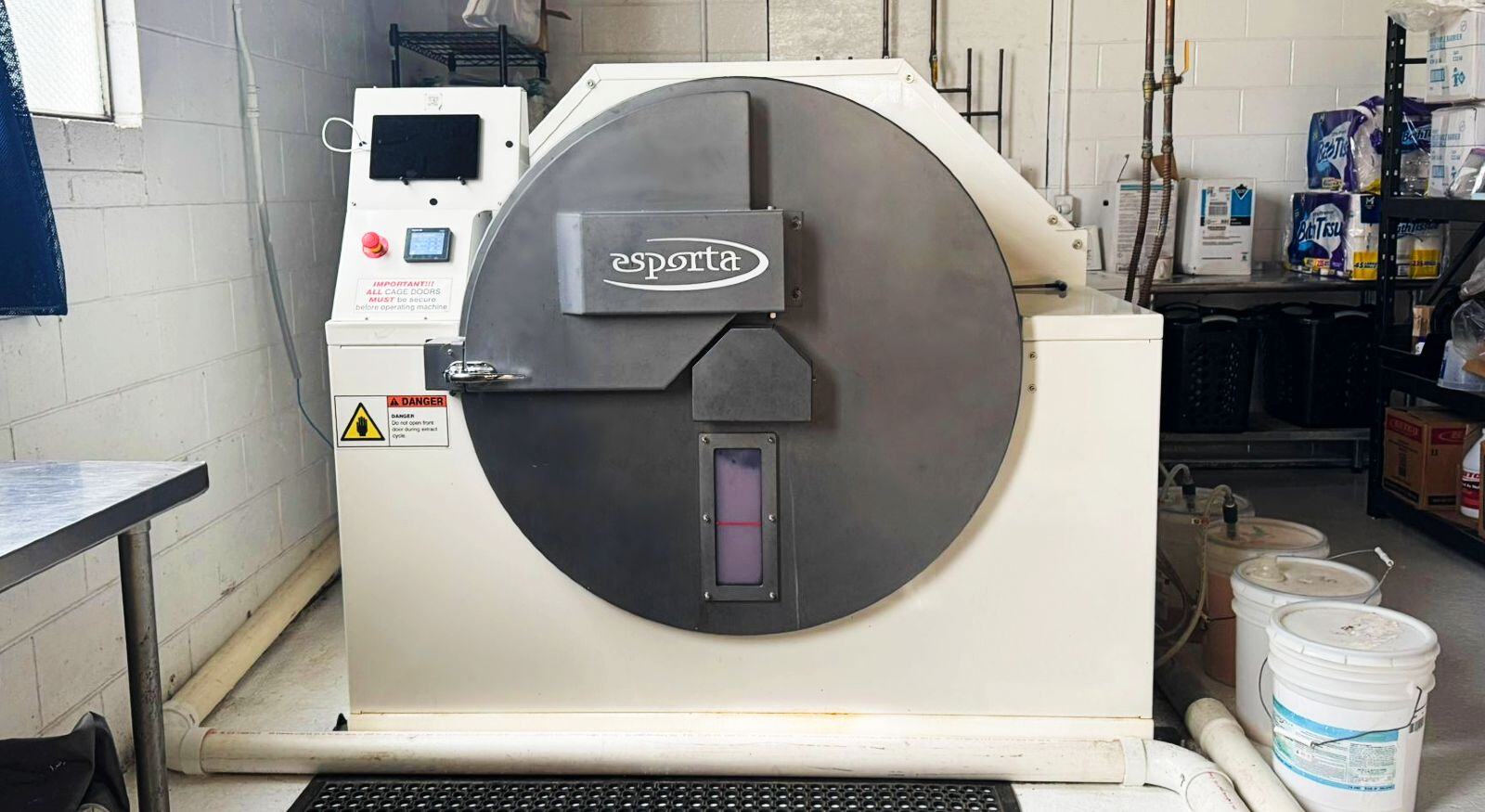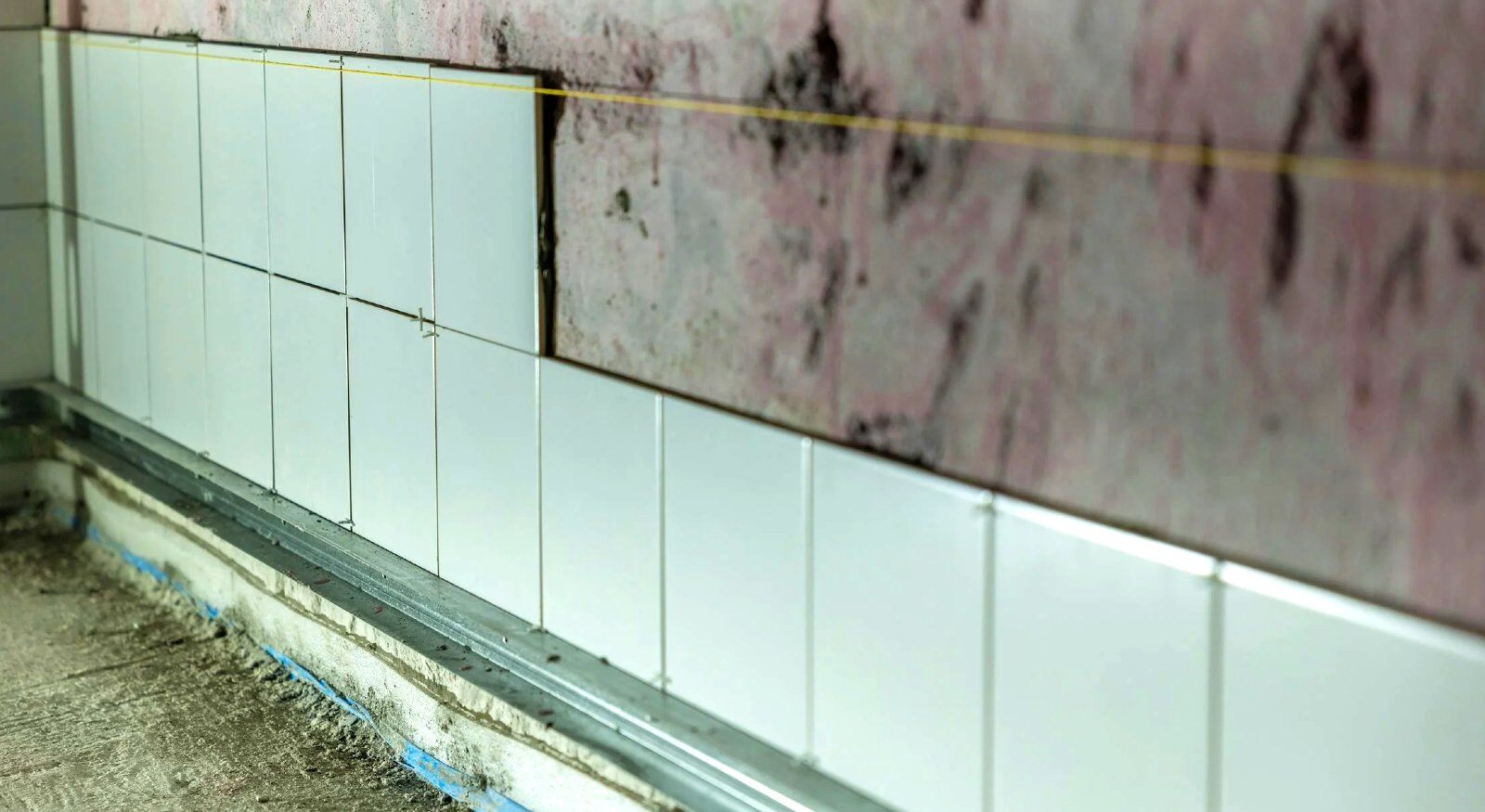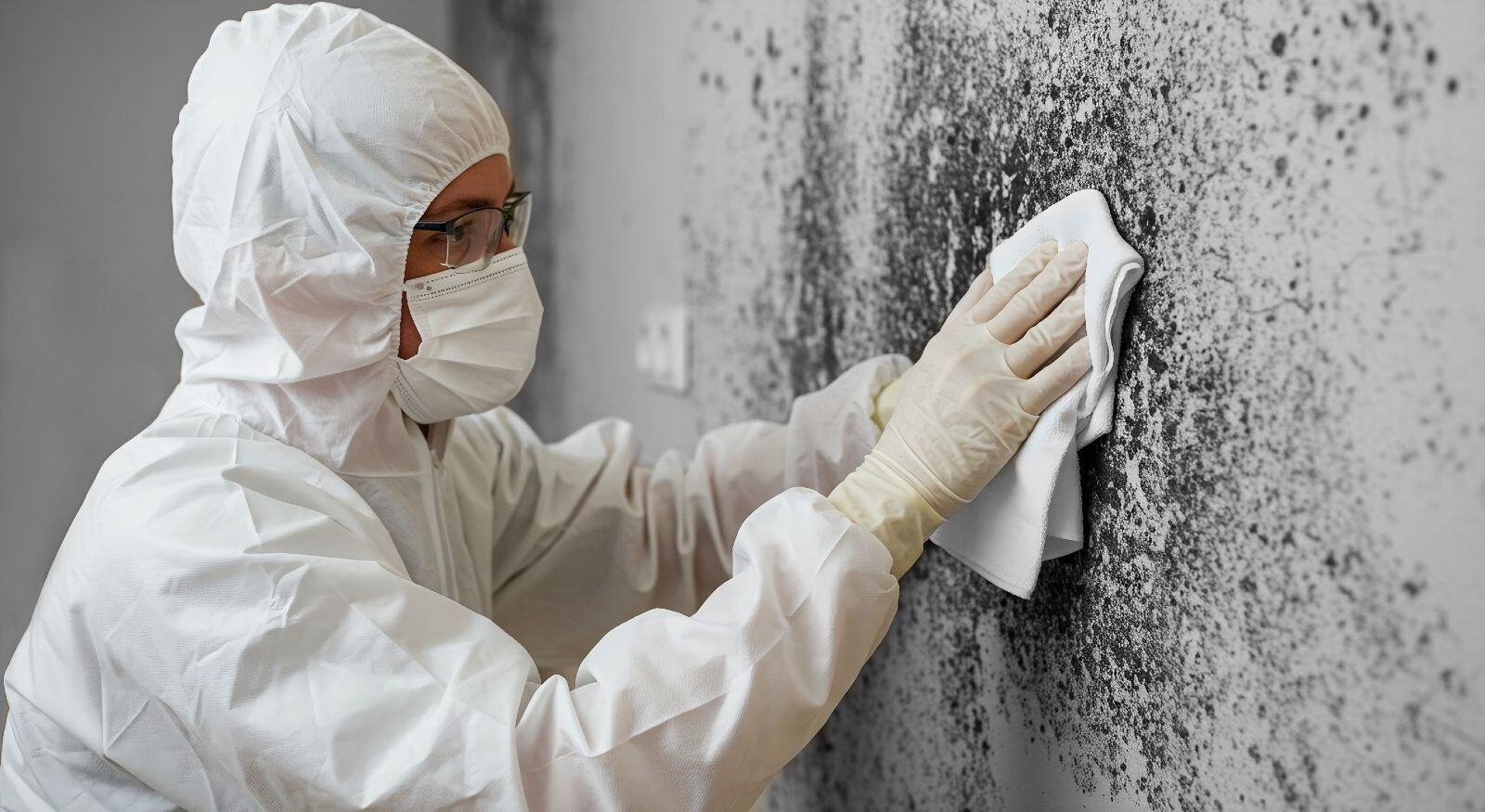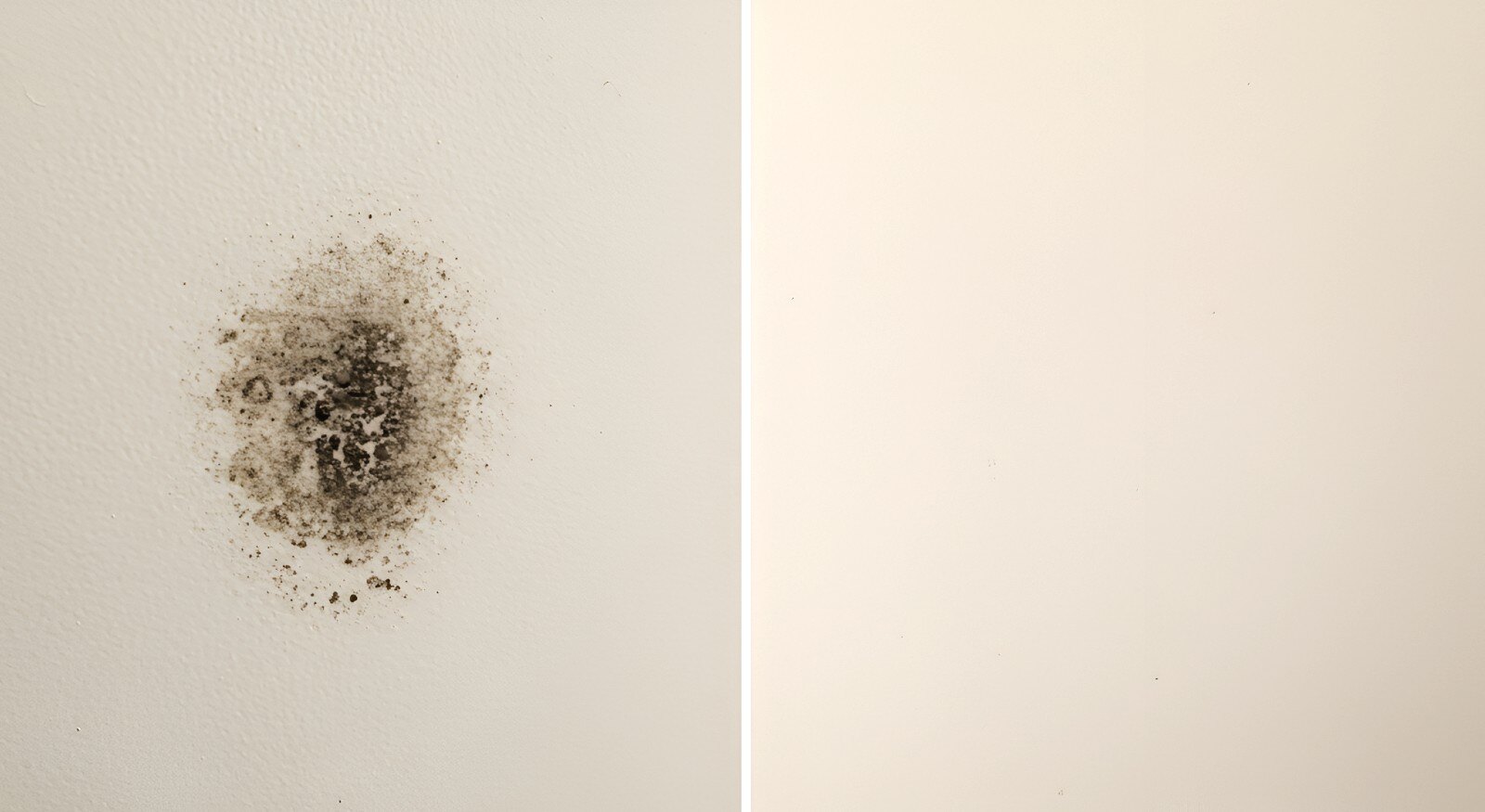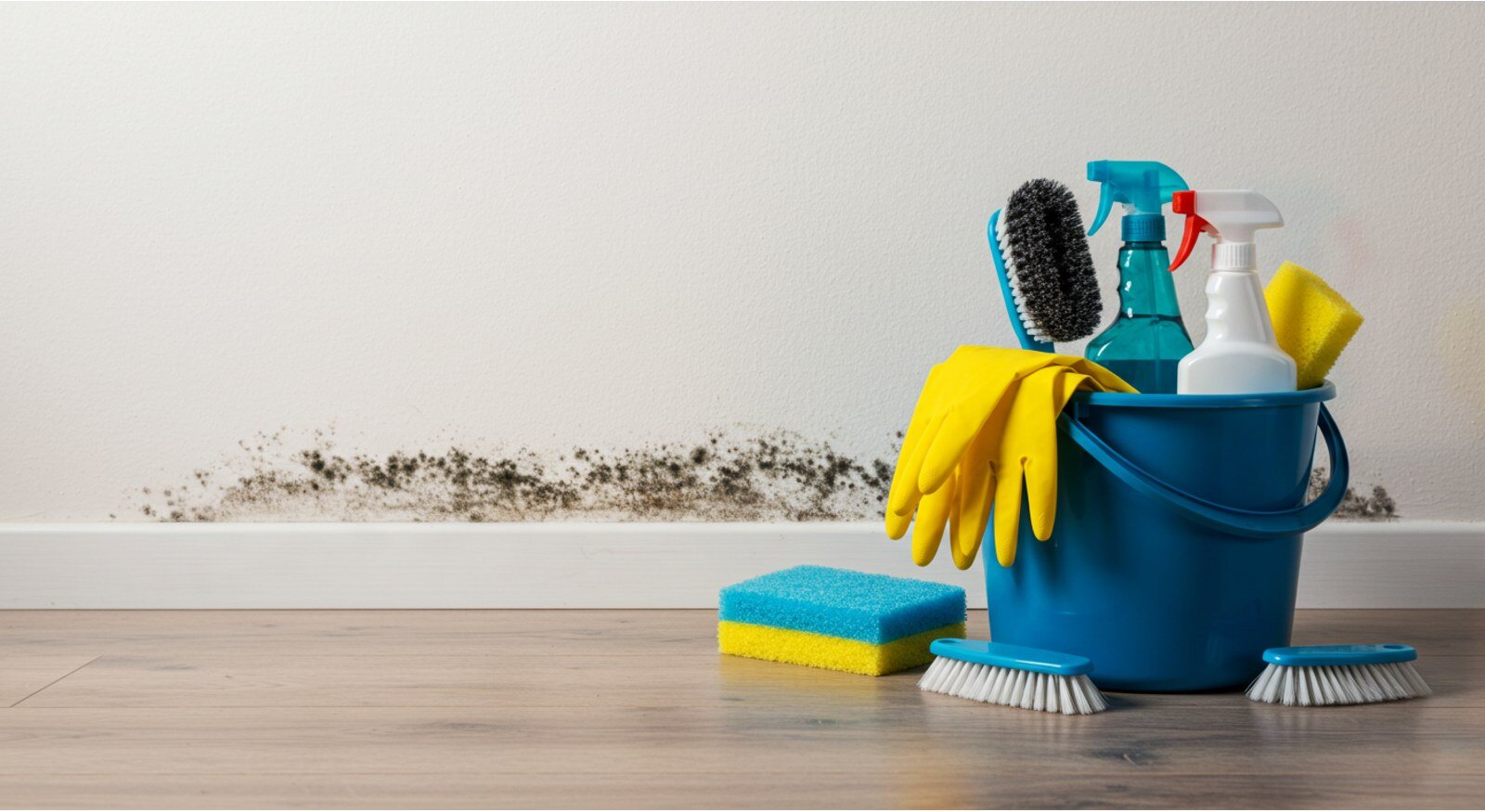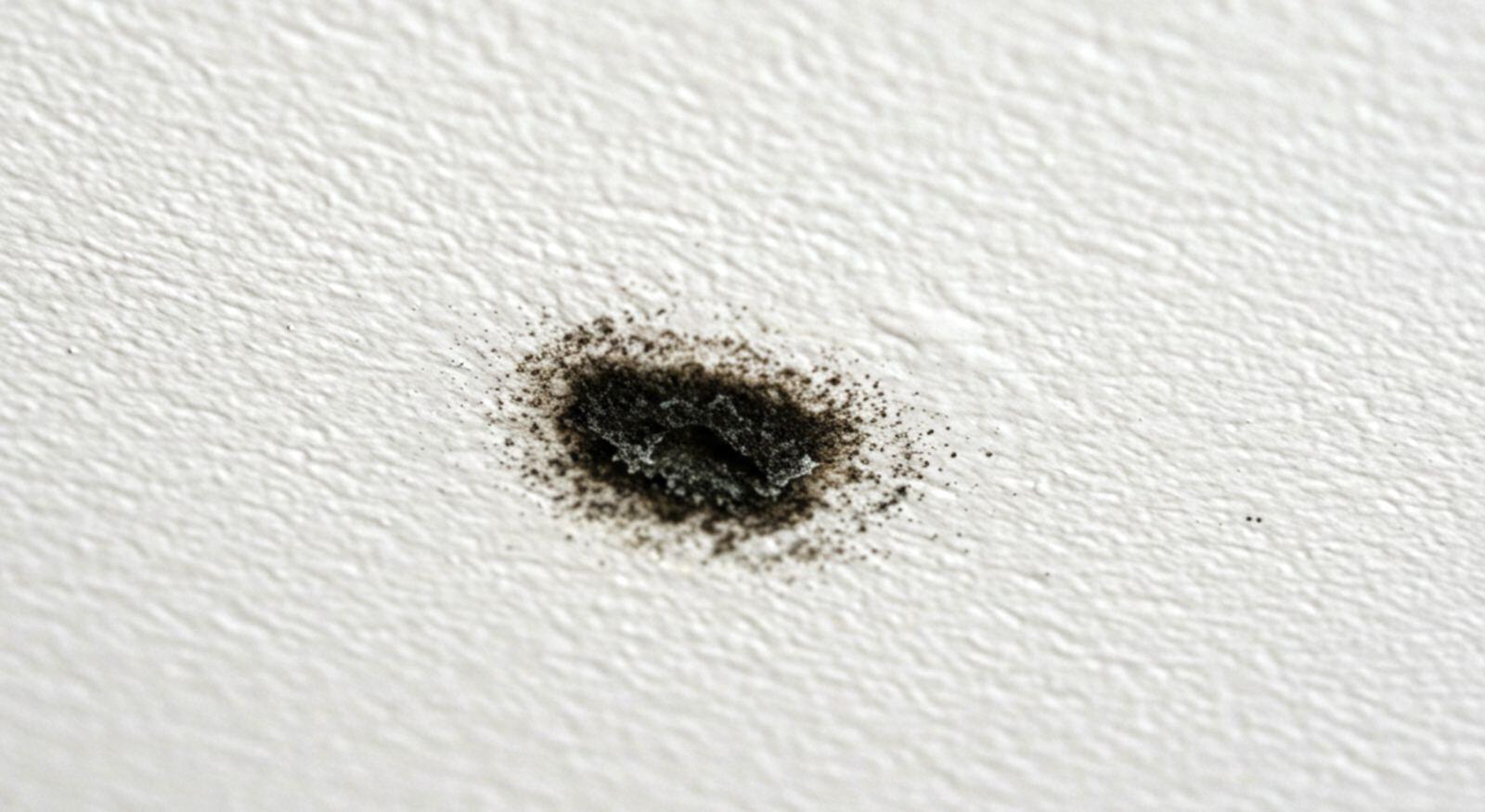DIY vs Professional Mold Remediation: Pros and Cons
May 5th, 2025
4 min read
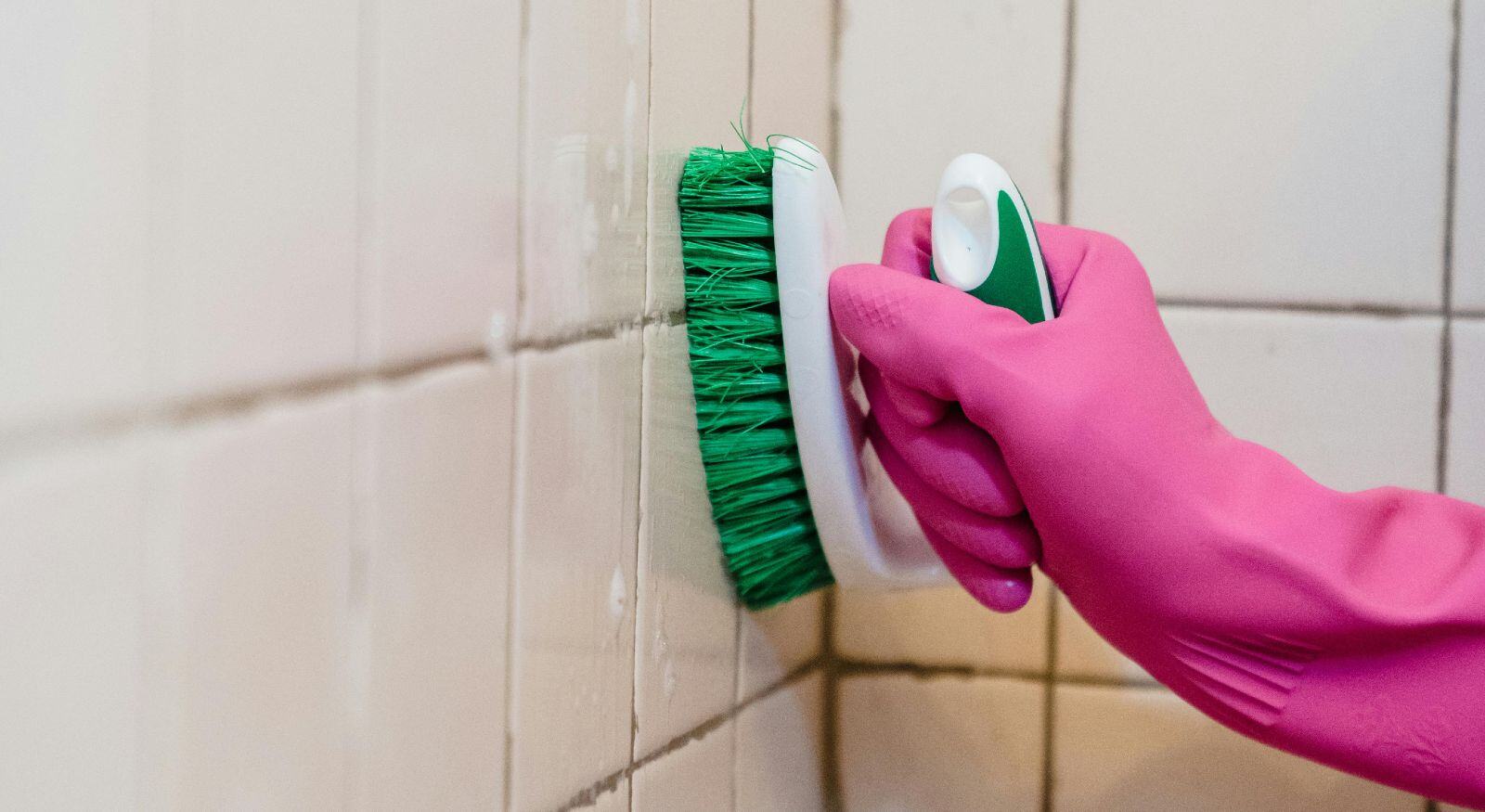
It's annoying, smells terrible, and doesn't want to leave your home. No, we are not talking about that unwanted relative who has overstayed their visit. We are discussing an even more concerning (and uninvited) guest: mold! Those fuzzy spots and dark patches can send shivers down the spine of the most seasoned homeowner. But what to do?
While professional remediation is the best alternative for deep removal, there might be a reasonable space for DIY solutions under specific circumstances. At Restore-It, we've seen countless homeowners wrestle with this very question. We understand this confusion, so we are here to break down the alternatives.
Today, let's talk about the pros and cons of each method, when to pick one over the other, and everything in between. So, let's get into it!
Mold Remediation: The Perfect DIY Project
DIY projects can be equally as challenging as they can be satisfying. You get to roll up your sleeves and take charge while saving some money along the way. Not bad, uh? Before you venture into this fight, let's examine what you need to know.
When to Take Matters Into Your Own Hands
Now, taking care of things yourself feels great, but knowing your limits is important. The United States Environmental Protection Agency (EPA) states that you can safely care for a moldy area smaller than 10 square feet (less than roughly a 3 ft. by 3 ft. patch). Anything bigger than that… just leave it to the pros. So grab some household cleaners, wear gloves, and get to work.
The thing about mold is that the tiny spores are everywhere, and they wait for the perfect opportunity to strike. This is why, even in small areas, you must address the underlying moisture problem. Otherwise, the mold will return.
Getting Your DIY Tool Kit Ready
If you decide to go the DIY route, you will need a few supplies. Thankfully, you won't need anything fancy. All these supplies can be found in your local hardware store. As a matter of fact, you might already have some! Here is what you will need for both cleaning and protection:
The EPA suggests wearing the following materials to limit exposure to airborne mold. These include:
- Use a face mask, preferably an N95 respirator.
- Long gloves extending to the middle of the forearm are recommended, but standard household rubber gloves are acceptable. These will protect your hands from contamination and detergent or disinfectant.
- Goggles without ventilation holes are also suggested. They will protect your eyes from coming into contact with mold spores.
For the cleanup, you will need:
- You will need a spray bottle and a mold-killing solution (such as white vinegar, hydrogen peroxide, or a mixture of baking soda and water).
- Sponges, rags, and scrub brushes.
- Plastic sheeting and tape to seal off the affected area.
The Hidden Dangers of Mold Remediation
DIY mold remediation can get tricky, especially if the mold is hidden behind walls or in hard-to-reach places. Here are some suggestions to avoid future problems:
- Fix your leaky plumbing! Before taking care of the mold, you should address the underlying problem. Ask yourself, what is causing the moisture? A leaky pipe? A broken roof? Fix that first, and you will be halfway through your battle against mold!
- If you had a water incident and there is a lingering musty smell, but you cannot find the source, we suggest you contact a professional.
- Make sure the stains are brushed away. Improper cleaning can spread the mold to other areas of your home.
- Clean the supplies you used. Seal the respirator and discard it.
- Dispose of anything infested by mold. Put it into a bag or sealed container and throw it away so it doesn't become a source of contamination.
Remember that, left unchecked, mold colonies can grow larger and release massive spores, including mycotoxins. These can cause various respiratory problems and allergic reactions, ranging from mild to severe.
The Benefits of Professional Mold Remediation
While it may cost more upfront, hiring a professional mold remediation service has its own advantages. It can save you time, stress, and potential health issues in the long run. Here is what they have to offer:
Expert Assessment
Professionals have the training and experience to identify the source of mold growth. They can find hidden moisture problems and provide solutions to prevent future infestations.
They can also assess the extent of the damage and determine the best course of action. This assessment is extremely important, as finding the root problem is the only way to remove mold effectively.
Safe Remediation
Professionals use specialized equipment and techniques to contain and remove mold safely. They understand the risks associated with mold exposure and take precautions to protect your health and your family's health.
Following industry standards and protocols, they can ensure thorough remediation and prevent cross-contamination. They are trained to handle dangerous mold types and know how to dispose of contaminated materials.
Addressing Hidden Mold
Professionals have the tools and expertise to find and remove hidden mold. They can use moisture meters, thermal imaging cameras, and other equipment to detect mold behind walls, under floors, and in other concealed areas.
Long-Term Solutions
Professionals can give you recommendations for preventing future mold growth. Do you need your HVAC checked? Is the problem coming from your crawl space? With their experience and expertise, they can advise you based on your specific needs. Whether you need to improve ventilation, control humidity, or address moisture problems, they can tell you all about it.
When to Call a Pro: Watch Out For These Signs
As stated before, sometimes DIY is enough to handle your mold problem, but sometimes not. Recognizing your limitations and looking out for the signs of an upcoming problem are what responsible homeowners are made of. Contact a professional when you find any of these warning signs:
- If you see large areas of mold (over 10 sq. ft.), experience musty odors, or have health concerns related to mold exposure.
- If you've tried DIY methods and the mold keeps returning.
- If you have mold after a flood or water damage.
The Rundown: When to Pick Each One
Deciding between DIY and professional mold remediation depends on several factors, including the size and location of the mold, your comfort level with DIY projects, and your budget. Consider these points:
- Size and Location: Small, surface mold in easily accessible areas might be manageable with DIY. Large infestations, hidden mold, or mold after water damage require professional intervention.
- Health Concerns: If anyone in your household has respiratory problems, allergies, or a weakened immune system, it's best to leave mold remediation to the professionals.
- Budget: DIY can save money upfront, but improper remediation can lead to costly repairs. Professionals offer peace of mind and long-term solutions.
- Time and Effort: DIY mold remediation can be time-consuming and labor-intensive. Professionals can handle the job quickly and efficiently.
Make the Right Call with Restore-It
So, there you have it! You came here to understand the difference between DIY and professional mold remediation and to decide which path is right for you. While the confusion surrounding which course of action is best is common, now you have the tools to make an informed decision. Should you find that your mold issue requires professional intervention, contact Restore-It. Our team can ensure your home will be safe and mold-free.
Topics:






